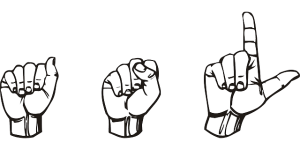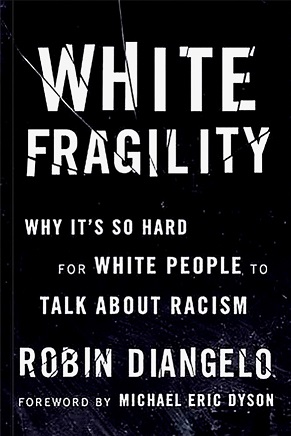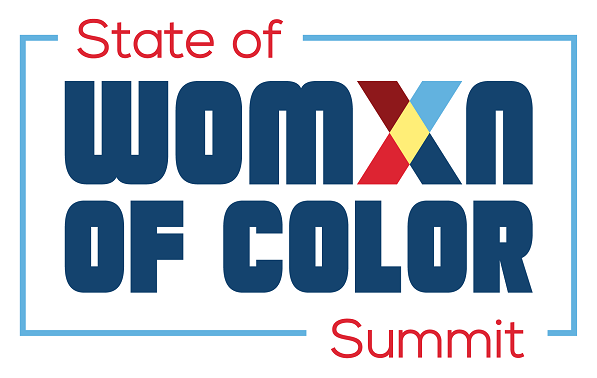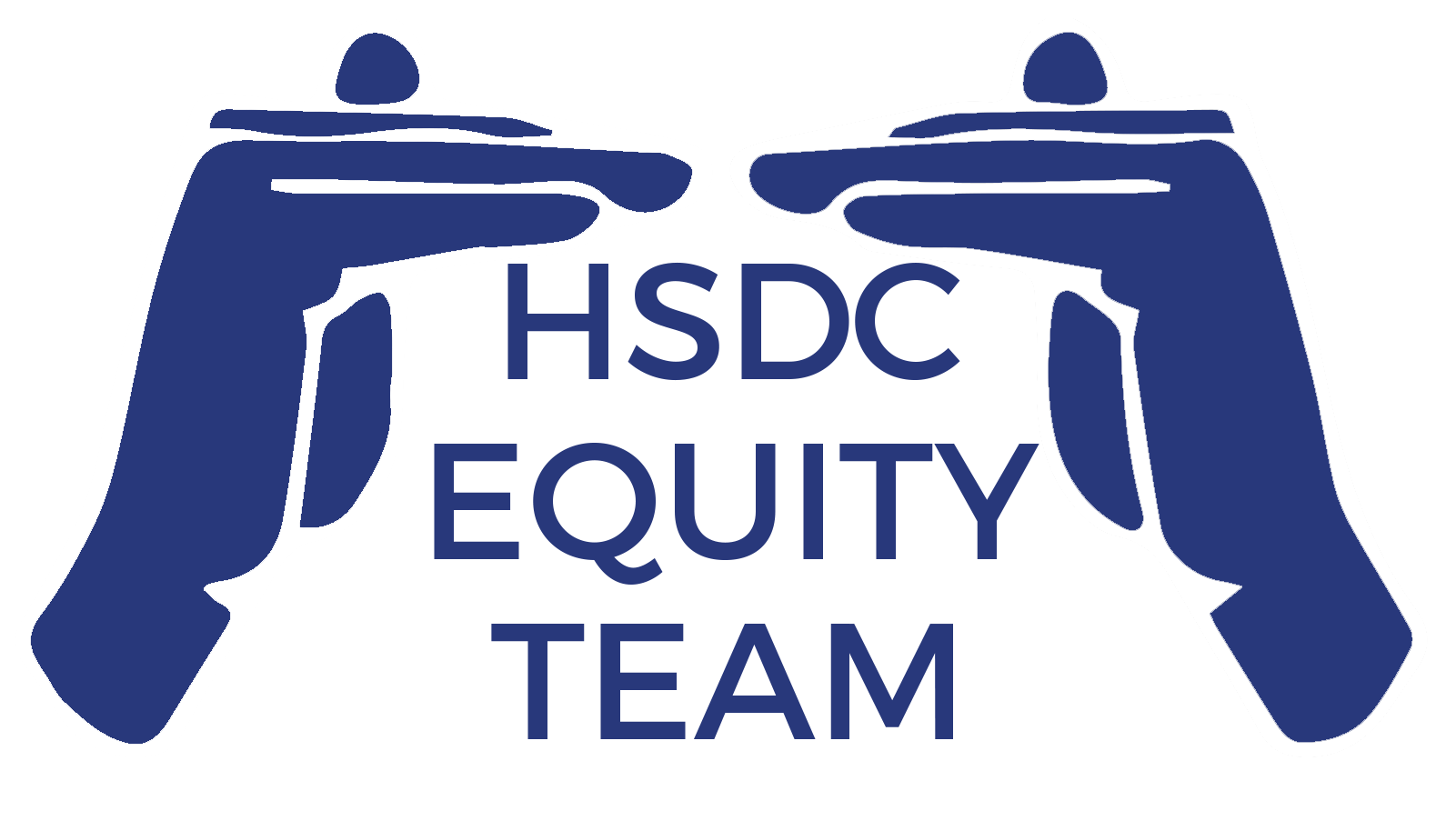Contents
White Fragility: A Book Review
 Click the video above for an ASL translation of this article.
Click the video above for an ASL translation of this article.
by Jena Floyd, DHHS Client Advocate
Firstly, it’s important to acknowledge that White Fragility was written by a white female in her early 60s. She coined the term “white fragility” while writing an academic article on racism in 2011.

In her 2011 article, DiAngelo stated that an “insulated environment of racial protection builds white expectations for racial comfort while at the same time lowering the ability to tolerate racial stress, leading to what I refer to as White Fragility.” Basically, she means that white people may experience discomfort while being called a racist and expect to be exempted from dealing with racism. Another form of “lowering the ability to tolerate racial stress” would be the denial of having racial bias or supporting the system of institutional racism.
DiAngelo has been a consultant and trainer for over 20 years, working with racial and social justice. She has recognized that she does have privileges as a white individual, while noting that she experienced class oppression as she grew up poor. She sees that had she not been white, her experiences of poverty would have been different.
DiAngelo’s website is full of tools white people can use to unpack our privilege. I plan to use those tools when I need help coping with my privilege as a white person and to understand how to dismantle white supremacy.
While navigating through the issues of racism and social justice, I learned that genuine allyship requires hard conversations from a white person to another white person, without the presence of people of color. It is not the job of people of color to educate white people about the oppression and racism that they have endured for many generations.
I grew up in a rural town where the population is around 98% Caucasian, so I was rarely exposed to different races, except on television. Of course, what kind of exposure did I get while watching television? I subconsciously learned the mixed message that people of color are either good (The Cosby Show) or dangerous (the local news), with nothing in between. It was not until I turned 12 and transferred to a deaf school that I started interacting with peers of color. I remember finding myself being challenged by my own bias when I started to see them as they are, with my limited and adolescent perspective.
Thanks to those peers and countless people of various backgrounds I’ve met throughout my academic and professional lives, I’ve developed a more nuanced view. Yet, I still find myself seeing through certain biased lenses, which means I still have some unpacking to do. After reading the novel, I realize that my unpacking process as a white person will never stop until systemic and institutional racism dissipate for good.
Reflections on the Womxn of Color Summit
by Shenea Crawford, Clinic Program Coordinator
 Click the video above for an ASL translation of this article.
Click the video above for an ASL translation of this article.
“It is not your job to fit in, but for them to welcome you,” said Marilyn Strickland, former Mayor of Tacoma, current president and CEO of the Seattle Metropolitan Chamber of Commerce, and keynote speaker at the summit. That statement resonated with everyone in the crowd, as I heard people “ooh”, “aah”, and “hmm”.

Thanks to HSDC, I had the privilege of attending the State of Womxn of Color Summit this past October. The event was organized by Future for Us and hosted at The Collective. It was life-changing! I was able to hear from many DEI (Diversity, Equity, and Inclusion) practitioners who work in the Greater Seattle area, like Molly Moon’s, Seattle Foundation, Amazon, Gender Equity Now, and more.
I learned many shocking statistics that day, including the fact that men who have mentors get an average salary increase of $9,260, while women only get an increase of $661. Panelists shared ways in which women of color can break through these types of glass ceilings and advance in their career by advocating for pay parity, pay transparency, and working for transparent and diverse organizations. DEI leaders shared how to self-advocate, and what values to look for in an organization. It was a life-changing experience!
Local Equity Events
Items with an asterisk (*) have ASL interpreters or captions confirmed.
Rescheduled |
Womxn’s March on Seattle 2020 (Seattle) Rally |
| *January 20 | MLK Jr. Day Rally (Seattle) Rally |
| January 20 | MLK Day Rally Against Mass Incarceration (Olympia) Rally |
| January 24 | Youth Climate Lobby Day (Olympia) Rally |
| January 28 | ACLU Lobby Day (Olympia) Lobbying |
| *January 31 | Seattle Women’s Chorus: Revolution 2020 (Seattle) Concert |
